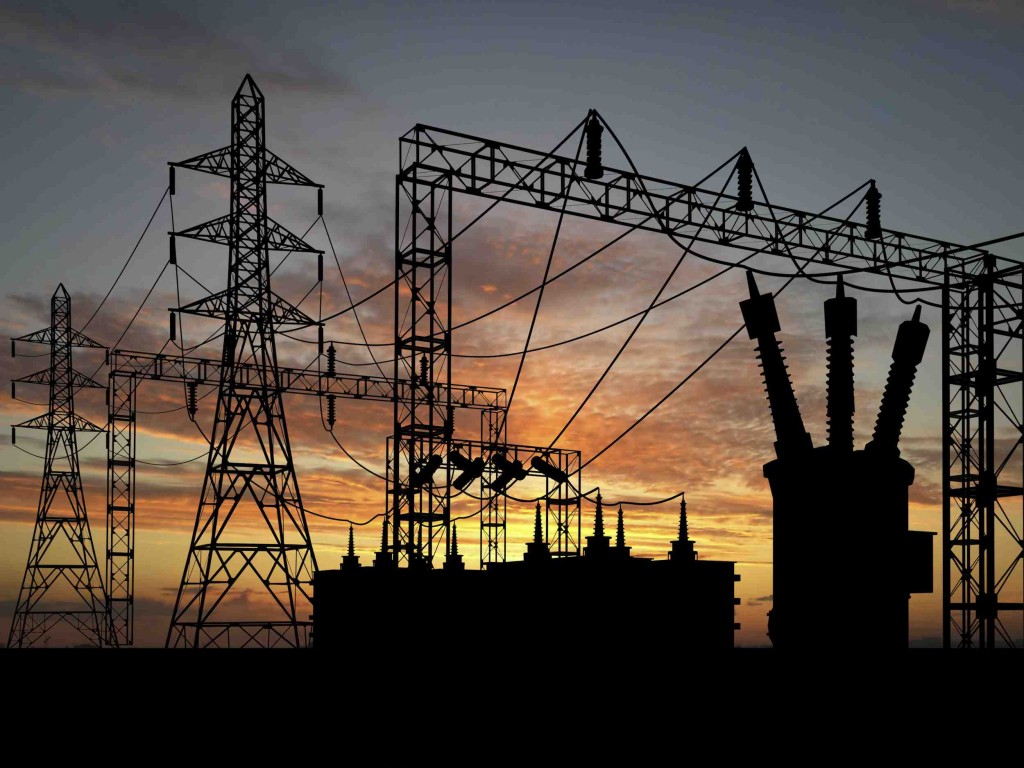The George Municipality is currently reviewing the way electricity is being charged to better address the overall cost of the provision of electricity to its citizens.
George Municipality Deputy Director Electrotechnical Professional Services, Paul Gerber, said municipalities had traditionally used the cost per kilowatt-hour it paid to Eskom as the only guideline for setting electricity tariffs for domestic users.
“Providing electricity is more complex than just buying and selling kilowatt-hours and the cost of, for instance, infrastructure is not currently reflected in the tariffs.
“Most of our neighbour municipalities and the City of Cape Town have already introduced cost-reflective tariffs. In terms of the Electricity Regulations Act, the National Energy Regulator of South Africa (Nersa) will still have to approve all proposed changes to tariffs.
“The process includes looking at the George consumption profile (including customer diversity), the cost of supply across different seasons, the income generated from various customer and tariff types, and the cost of maintaining the distribution network that must comply with national quality of supply standards,” said Gerber.
While an appointed expert is currently assessing the entire cost of the provision of the service to the local consumer and making related recommendations, it is still unclear to what extent any proposed tariff structure may affect the overall cost of electricity to citizens.
The new electricity tariff structure is likely to take the form of a fixed cost for maintaining the network and a lesser (less than current) cost for units (kilowatt-hours).
George Municipality reviews electricity tariff structures
It will, however, definitely affect the way in which cost will be attributed to households using renewable energy sources.
“Currently, it is relatively easy to work out how much money you can save if you install, for instance, a solar geyser because you only pay for the units of electricity you use.
“If a new tariff system is approved, the person using alternative energy may have a low unit cost but will still have to pay a fixed fee – because the cost of supplying and maintaining electricity infrastructure to a household that uses a little bit of power costs the same as to the guy that uses more.
“The idea is not to load the consumer with unreasonable cost but rather to ensure the future sustainability of a quality electricity network to the people who live, work and visit here,” said Gerber.
Depending on when the assessment is complete and whether approved by Nersa, the new format tariffs will be implemented in the new financial year starting 1 July 2019 or the next, starting 1 July 2020.
Follow more RNEWS articles, subscribe to our YouTube channel and for breaking news LIKE us on Facebook. For news on the Eastern Cape click here.



